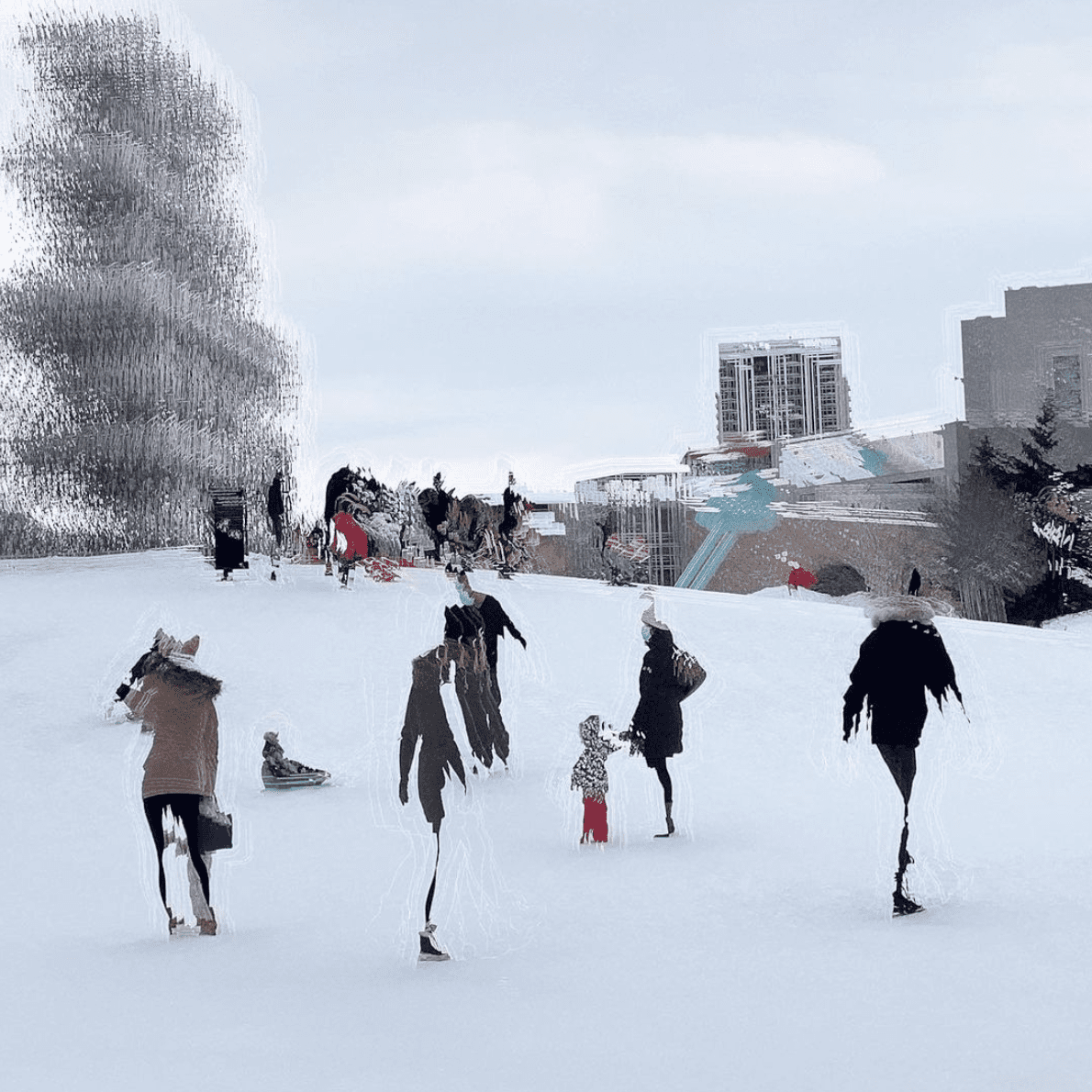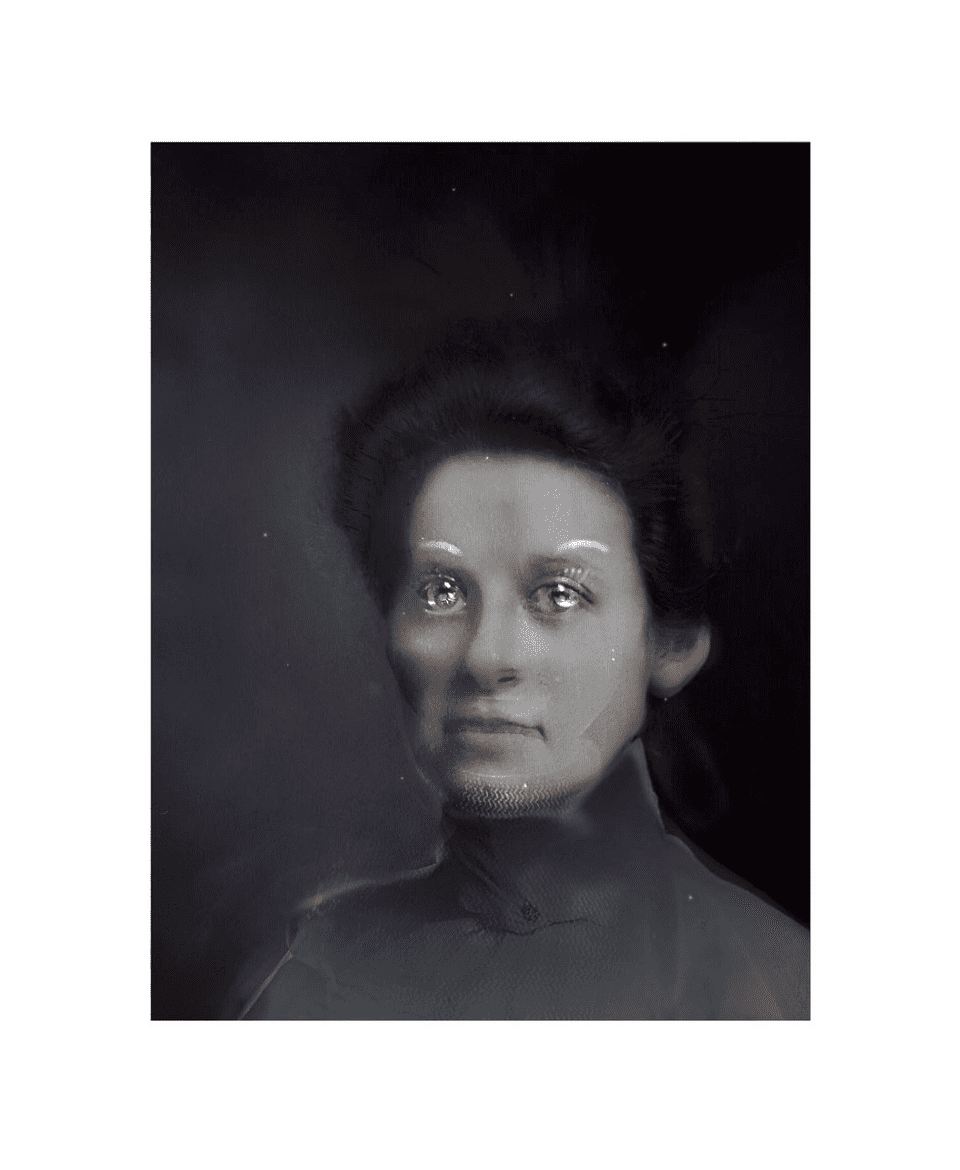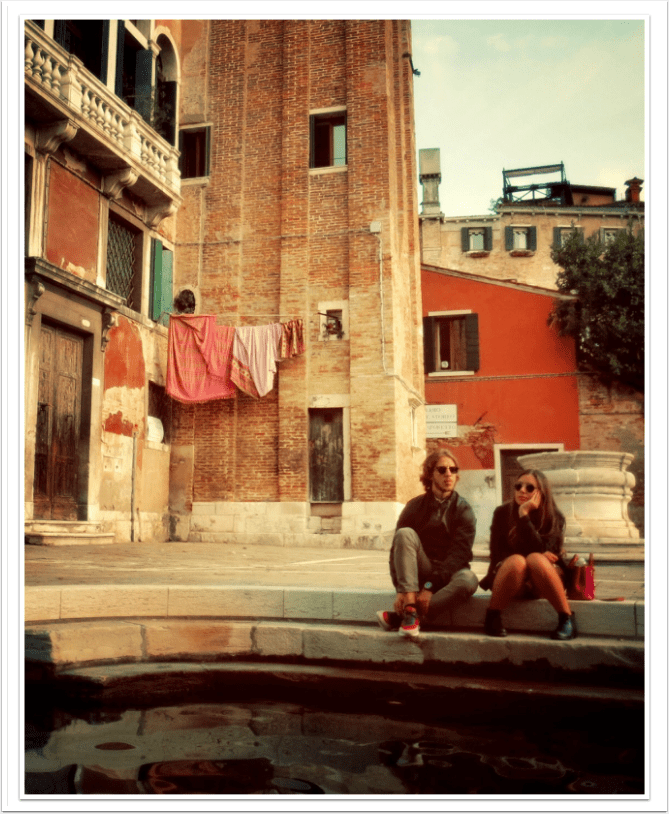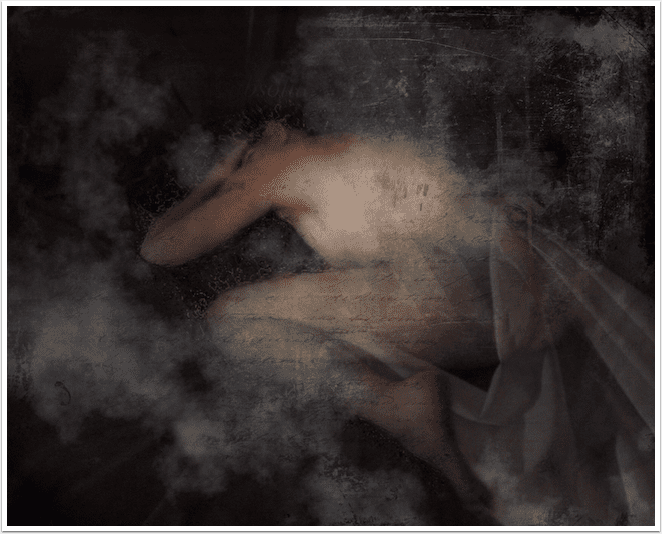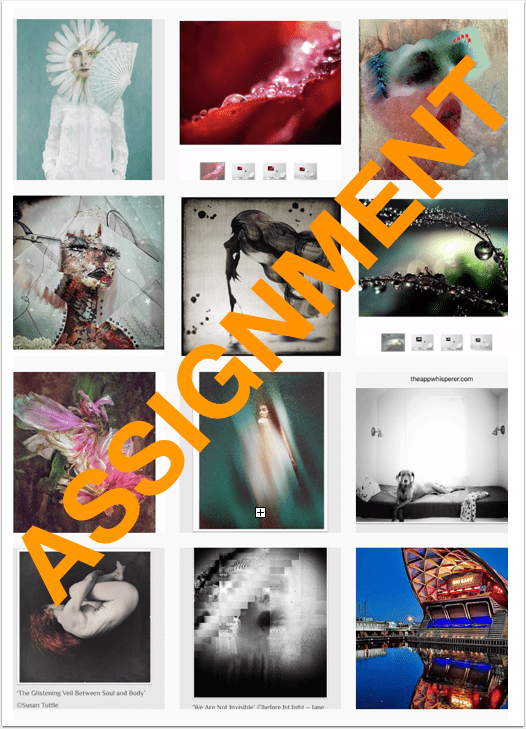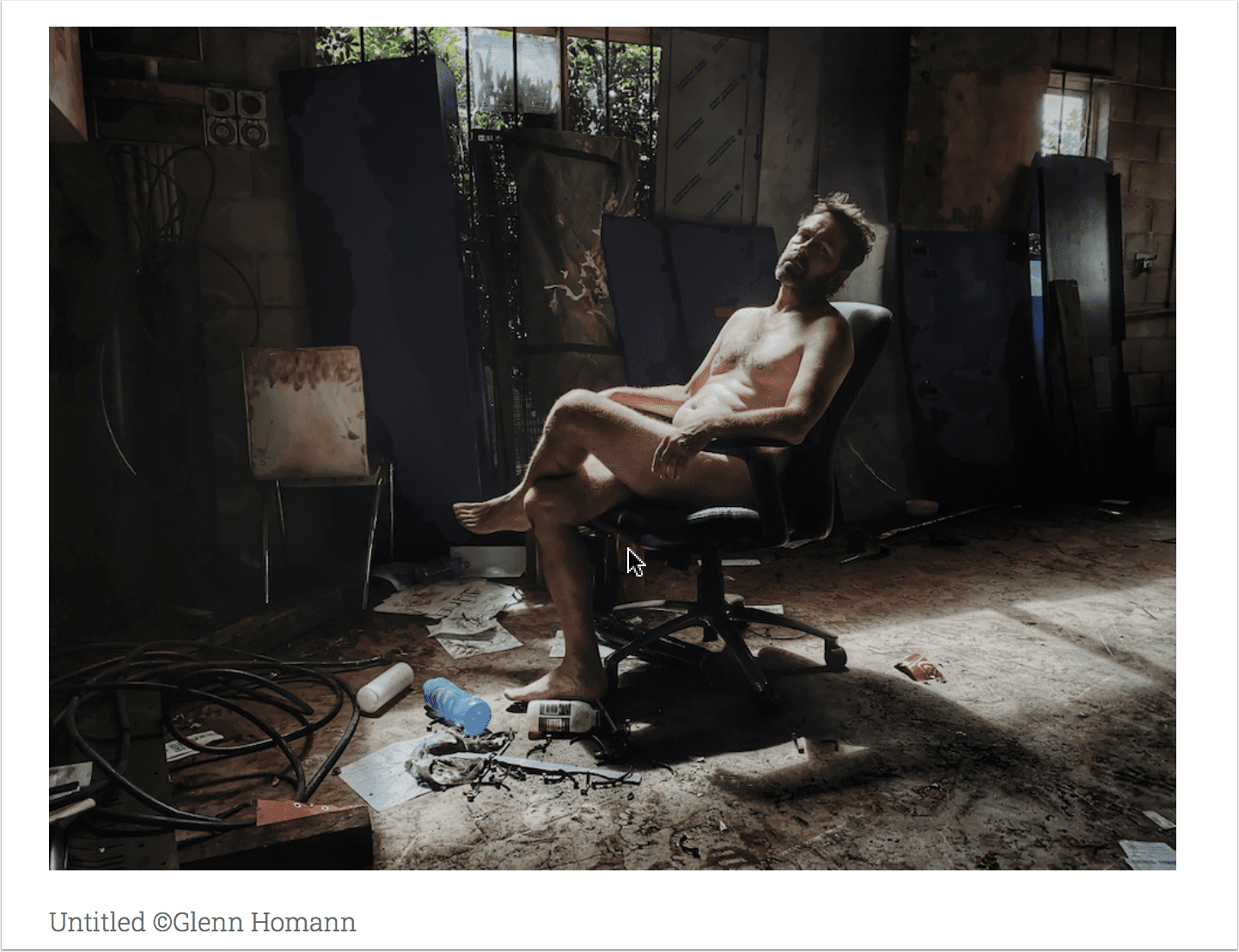
Assignment ‘Deadpan’ – Result and Eighth Essay with Glenn Homann for our Forthcoming Book – Away with Words
I am truly delighted to publish our eighth essay for our forthcoming book ‘Away with Words‘. Our chapter this time was entitled ‘Deadpan‘ and we received a vast array of submissions. Eventually, we settled on this image by Glenn Homann, we feel it fulfilled the brief for Deadpan, generally meaning devoid of emotion. It is a subject that exists but it seems empty. There is no happiness and there’s no sorrow. It is honest work, it is detached art. It asks more questions than it answers.
Many congratulations to Glenn and I hope you all enjoy reading my essay.
Please note that this section is not a ‘typical challenge’ section, this is a professional assignment for our forthcoming book ‘Away with Words’. This new book will feature twelve photographs selected from a monthly assignment challenge, each accompanied by no less than a 1000 word essay.
Our new Assignment challenge for our next chapter is entitled ‘Breaking Point’. If you would like to take part please send an image(s) to my email address – [email protected] and/or to Instagram with this hashtag #tawbreakingpoint. At the end of each month, we will gather the images that have been contributed and select one for this immersive critique.
I will personally write this essay with over 1000 words. Each critique will identify the elements, contextual meaning of these elements, interpretation and conclusion. Each critique will then be published not only on TheAppWhisperer, the world’s most popular mobile photography & art website but also throughout our vast social media channels. At the end of the year, we will publish a book featuring all of these critiques. As you can appreciate each critique will take some time to create well, so we ask, if you would like to take part to donate £10 per image that you submit (there is no limit to the number of images you submit), we feel this is fair. To do this, just select the donation button at the end of this post and select the desired amount.
To read our previous published chapters, please click on the individual artists names to view their essays. The previously published chapters included work from Rita Colantonio, Valeria Cammareri, M. Cecilia Sao Thiago, Peter Wilkin, Becky Menzies, Lee Atwell
‘Deadpan Essay’ ©Joanne Carter
Photographic self portraits of naked men are not as commonplace as paintings of naked men. Of course, neither are as common as portraits of naked woman throughout history. In this photograph by award winning Australian mobile photographer Glenn Homann, we are looking at an image of the photographer, a self portrait captured in a vast derelict room. It looks to be a basement, garage or some sort of outhouse. The only natural light comes from two barred windows. There is a dirty patterned carpet gracing the entire floor, heaving with empty bottles, cables, pipes, used cardboard and newspaper. Against the walls are random pieces of used furniture, table tops, backs of full length mirrors, blockades and there is also a stout metal chair, with its back to the foreground, facing away from the camera, almost as if another person is present but does not wish to be seen. Of course, the focal point of the image is the photographer himself, sitting naked in a five wheeled padded office chair. His gaze is on the camera, his elbows supported on the arm rests, his back firmly against the back rest and his left leg is crossed over the other at the knee. Both feet point away from the camera, his hands follow through too, only his head is turned facing the frame. The natural light pours through the glazed windows but only partially covers his face, the main glow braces his abdomen and his right arm. He looks relaxed in this pose, he is confident in his nakedness. But he looks weary, his facial hair is several days old, his hair is unkept, he is unsmiling, he has an expression upon his face of humility.
This image is not one of sensuality, it does not offer a romantic atmosphere or mood. There’s a heavy magnetism to it with an energy that is highly charged bringing together a powerful atmosphere. This is amplified by the ambiguity that the model emanates. He is focused and appears to be on the threshold of a decision.
As a viewer, this image generates a feeling of uncomfortableness, we feel as though we are imposing upon a private moment. It is unclear what the viewer should do, where their eyes should rest, whether we should even be in this room with the model. In many ways the viewer feels trapped with him and yet we cannot look away, we are compelled to stay, waiting for more. Haphazardly, reading and rereading the body language in a way to understand what is being conveyed. The model sits in a way that protects his private space with his legs but the viewer is keenly aware of it, through the nakedness that is displayed, we are freed from having to negotiate with that. We are forced to confront the obvious question in this image, ‘why is this man sitting naked in his basement taking photographs of himself?’. Much has been written about the male gaze and increasingly about the female gaze but this image strikes as something more than an image of narcissism, it appears to be more about communication, communicating a meaning that we cannot know. The photographer is the model they are one and he is not looking for approval for the the photograph or of his position, he does not search for a definition, he presents himself, content as he is.

When viewing this image I was reminded of many of the paintings by Lucien Freud (1922-2011). Freud was one of the most important painters of the postwar period through to the first decade of this century. He committed to figurative painting throughout his career, there’s a deep seated humanity to them. The painting that I am drawn to in relation to this self portrait is one that Freud painted of his friend and maverick gay performer and nightclub personality, Leigh Bowery (1922-2011). In the painting entitled ‘Seated’ Bowery can be seen sitting on an armchair, completely naked. His right leg is cast over the arm of the chair, his left leg is naturally bent at the knee with his foot flat to the floor. His left arm mirrors his left leg as the elbow rests on the head of the chair and his hand is limp inadvertently pointing to his knee. His right hand is held beneath is left leg and out of view. There has been no attempt to hide his private space and this has been painted with abandon. Freud once said of his portraits, “If I am putting someone in a picture I like to feel that they’ve fallen asleep there or they’ve elbowed their own way in: that way they are there not to make the picture easy on the eye or more pleasant, but they are occupying the space of my picture and I am recording them.” This is very similar to the photograph of Homann.
Homann’s photography reminds us again that a single image can be interpreted in a multitude of ways. Sometimes the questions a photograph provokes cannot be answered. I sense that this self portrait is questioning society, what is the artist’s role in pushing boundaries? Who makes the rules regarding what is acceptable in art and what is not? Who decides what is a fantasy and what is not? Should we rush in to reclothe this man who has so willingly discarded them?
Perhaps the elephant in the room is that just like the painting of Leigh Bowery whose “exquisitely executed alter egos were nightmarish (in the fecund sense), often powerfully sexualised, sometimes purely beautiful, always resonant”, so too are Homann’s. Perhaps best summed up by Freud himself, who once said “the task of the artist is to make the human being uncomfortable, and yet we are drawn to a great work of art by involuntary chemistry, like a hound getting a scent; the dog isn’t free, it can’t do otherwise, it gets the scent and instinct does the rest.”
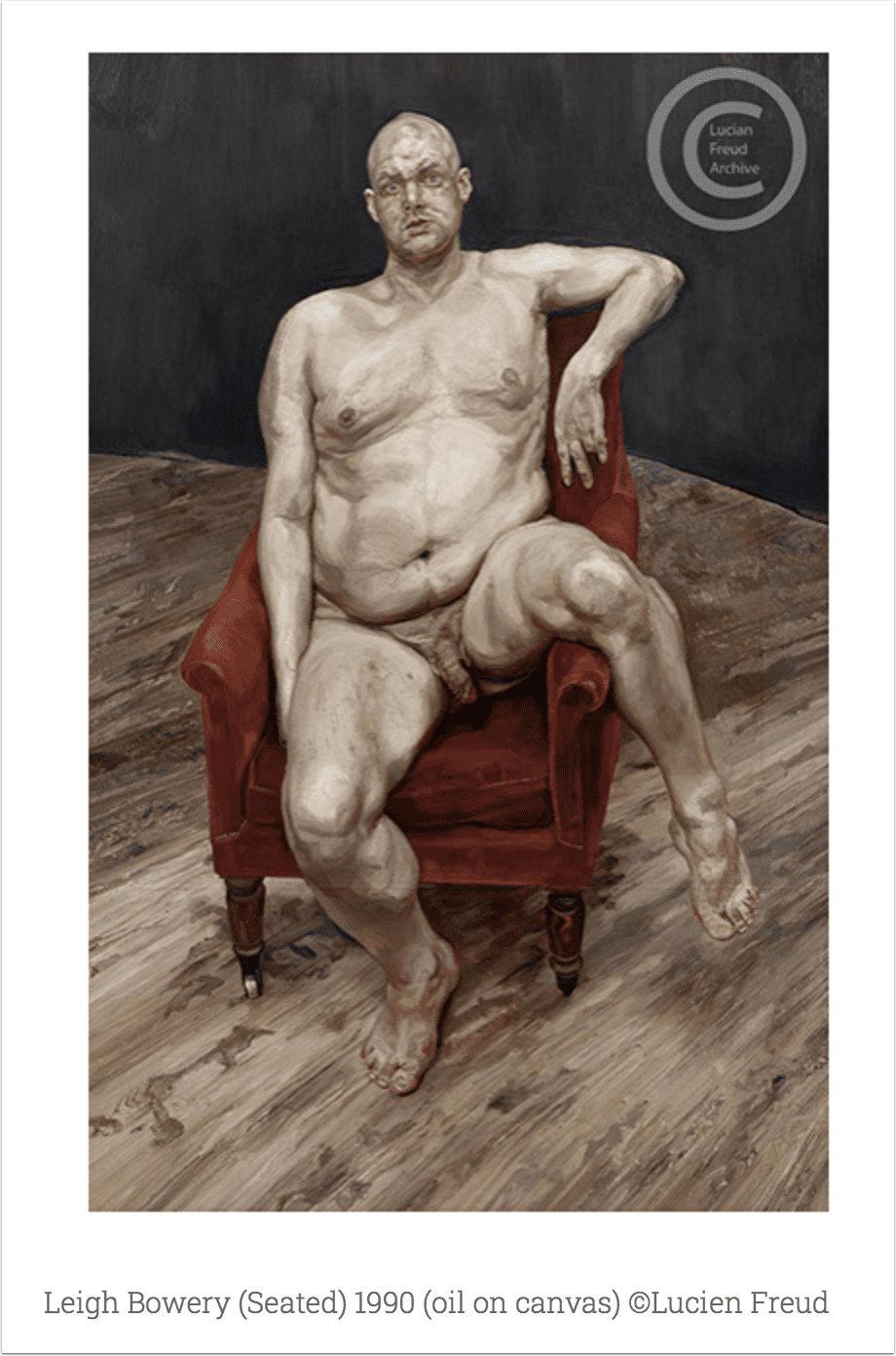
Please help…
TheAppWhisperer has always had a dual mission: to promote the most talented mobile artists of the day and to support ambitious, inquisitive viewers the world over. As the years pass TheAppWhisperer has gained readers and viewers and found new venues for that exchange. All this work thrives with the support of our community.
Please consider making a donation to TheAppWhisperer as this New Year commences because your support helps protect our independence and it means we can keep delivering the promotion of mobile artists that’s open for everyone around the world. Every contribution, however big or small, is so valuable for our future.
